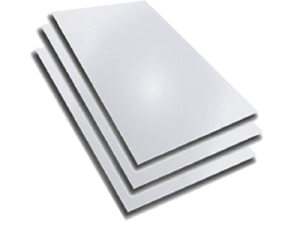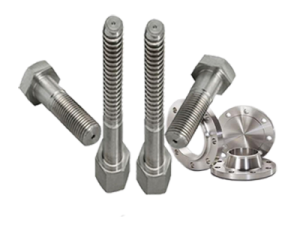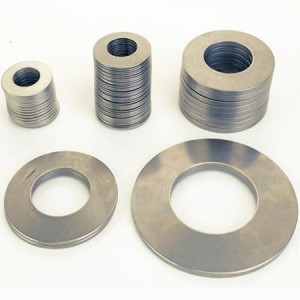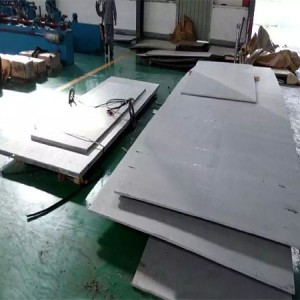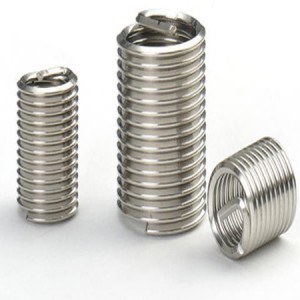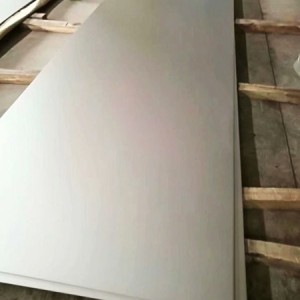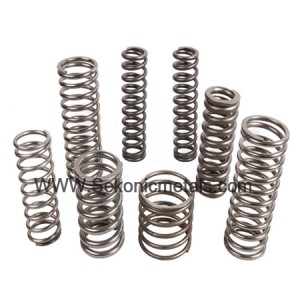Hastelloy B-3 Bar/Ring/ Sheet/ Pipe
Common Trade Names: Hastelloy B3,NS3203,UNS N10675
Hastelloy B-3 is a nickel-molybdenum alloy with excellent resistance to pitting, corrosion, and stress-corrosion cracking plus, thermal stability superior to that of alloy B-2. In addition, this nickel steel alloy has great resistance to knife-line and heat–affected zone attack. Alloy B-3 also withstands sulfuric, acetic, formic and phosphoric acids, and other non-oxidizing media. Furthermore, this nickel alloy has excellent resistance to hydrochloric acid at all concentrations and temperatures. Hastelloy B-3’s distinguishing feature is its ability to maintain excellent ductility during transient exposures to intermediate temperatures. Such exposures are routinely experienced during heat treatments associated with fabrication.
Alloy B-3 has poor corrosion resistance to oxidizing environments, therefore, it is not recommended for use in oxidizing media or in the presence of ferric or cupric salts because they may cause rapid premature corrosion failure. These salts may develop when hydrochloric acid comes in contact with iron and copper. Therefore, if this nickel steel alloy is used in conjunction with iron or copper piping in a system containing hydrochloric acid, the presence of these salts could cause the alloy to fail prematurely.
| Alloy |
% |
Ni |
Cr |
Mo |
Fe |
Nb |
Co |
C |
Mn |
Si |
S |
Cu |
Al |
Ti |
P |
V |
W |
Ta |
Ni+Mo |
|
Hastelloy B-3 |
Min. |
65.0 |
1.0 |
27.0 |
1.0 |
- |
- | - | - | - | - | - |
- |
- |
- |
- | - | - | 94.0 |
|
Max. |
- |
3.0 |
32.0 |
3.0 |
0.2 |
3.0 |
0.01 |
3.0 |
0.1 |
0.01 |
0.2 |
0.5 |
0.2 |
0.03 |
0.2 |
3.0 |
0.2 |
98.0 |
|
Density
|
9.24 g/cm³
|
|
Melting point
|
1370-1418 ℃
|
|
Status
|
Tensile strength
Rm N/mm² |
Yield strength
Rp 0. 2N/mm² |
Elongation
As % |
Brinell hardness
HB
|
|
Solution treatment
|
760
|
350
|
40
|
-
|
Hastelloy B-3 Standards and Specifications
| Bar/Rod | Strip/Coil | Sheet/Plate | Pipe/Tube | Forging |
| ASTM B335,ASME SB335 | ASTM B333,ASME SB333 | ASTM B662,ASME SB662 ASTM B619,ASME SB619 ASTM B626 ,ASME SB626 |
ASTM B335,ASME SB335 | |
Hastelloy B-3 Available Products in Sekonic Metals
Why Hastelloy B-3 ?
• Maintains excellent ductility during transient exposures to intermediate temperatures
• Excellent resistance to pitting, corrosion and stress-corrosion cracking
• Excellent resistance to knife-line and heat-affected zone attack
• Excellent resistance to acetic, formic and phosphoric acids and other non-oxidizing media
• Resistance to hydrochloric acid at all concentrations and temperatures
• Thermal stability superior to alloy B-2
Hastelloy B-3 Application field:
Hastelloy B-3 alloy is suitable for use in all applications previously requiring the use of Hastelloy B-2 alloy. Like B-2 alloy, B-3 is not recommended for use in the presence of ferric or cupric salts as these salts may cause rapid corrosion failure. Ferric or cupric salts may develop when hydrochloric acid comes in contact with iron or copper.
• Chemical processes
• Vacuum furnaces
• Mechanical components in reducing environments




